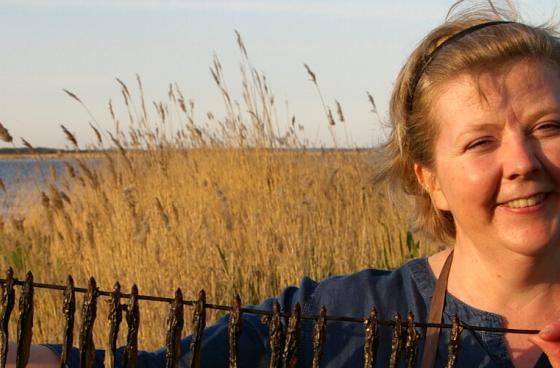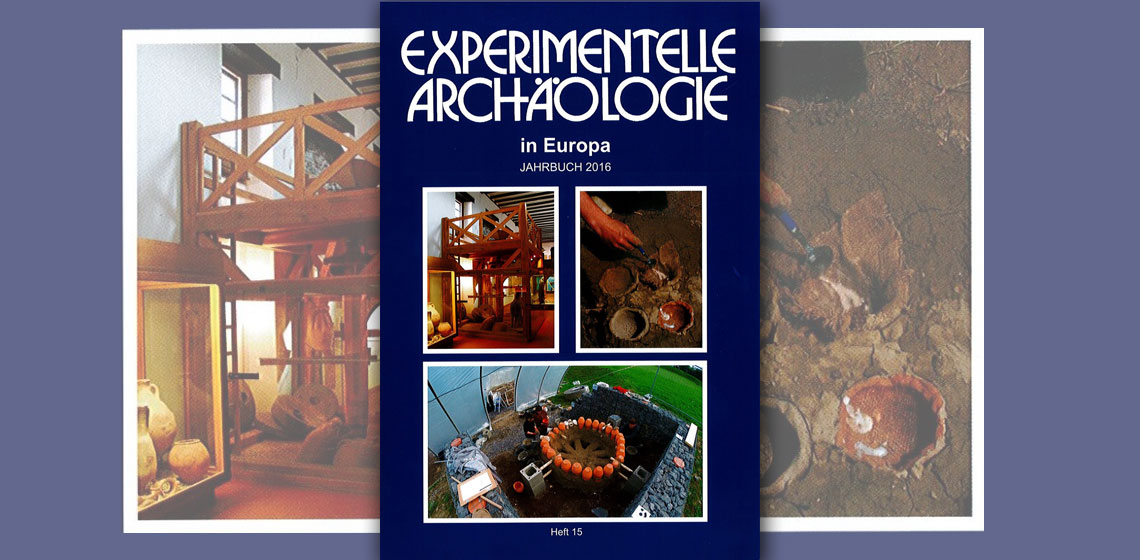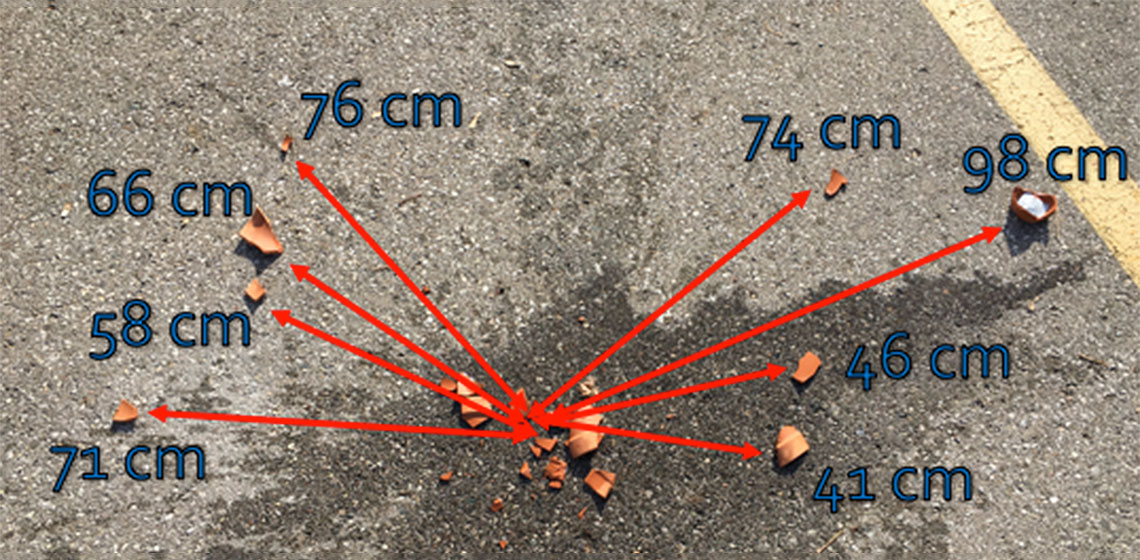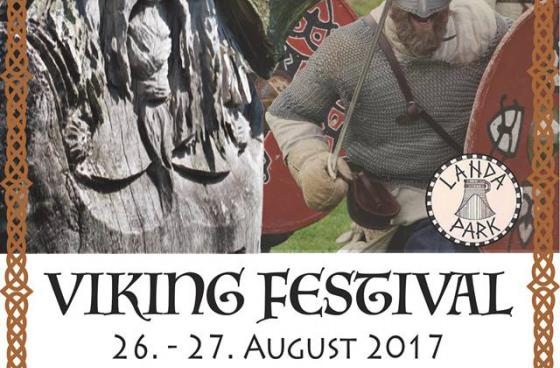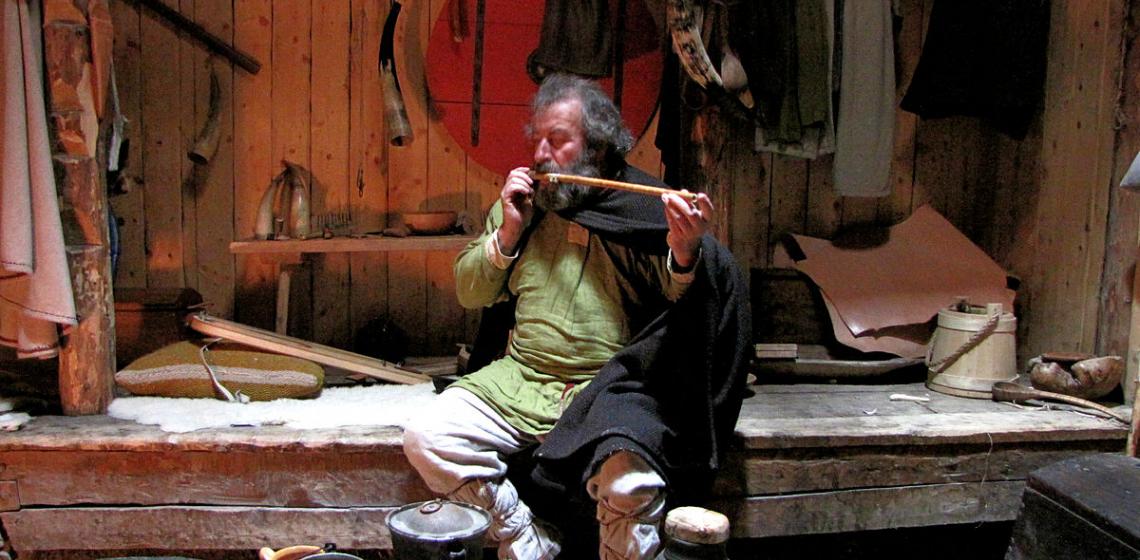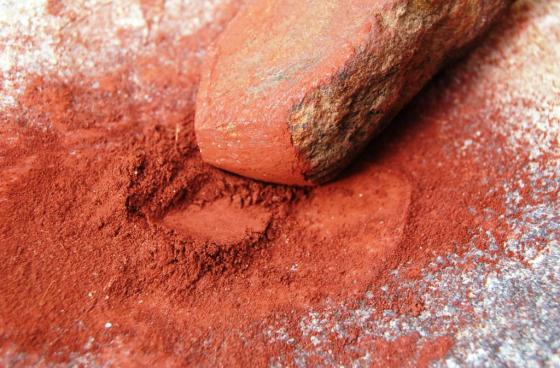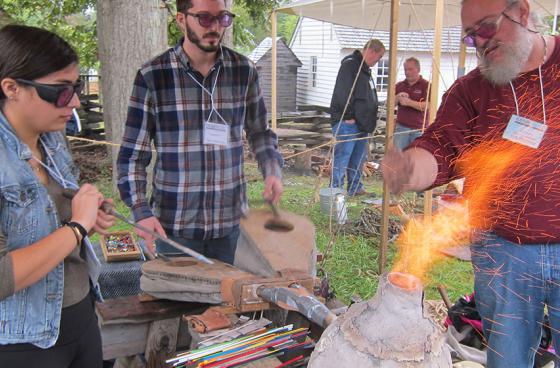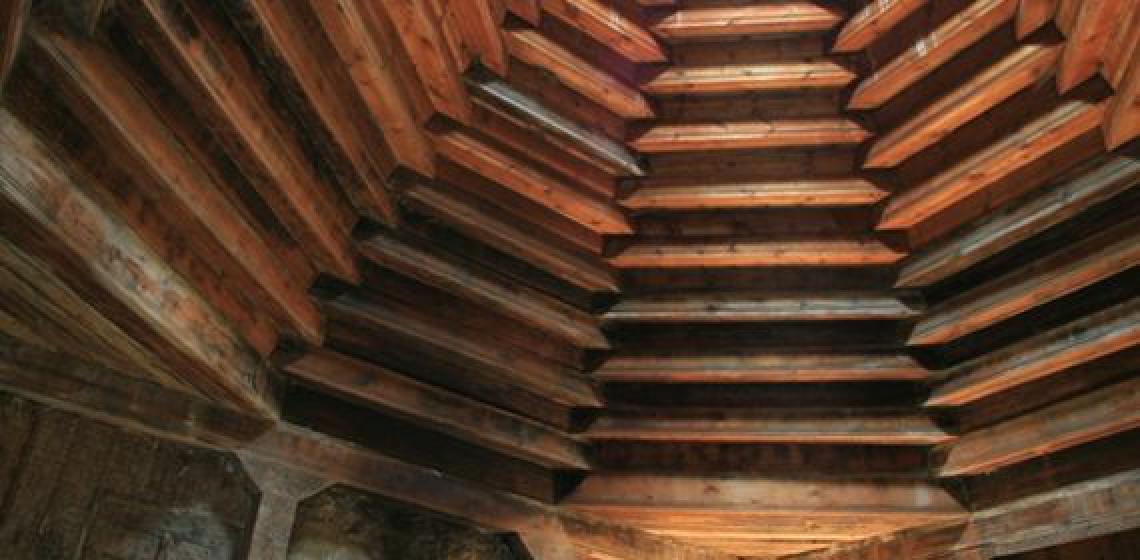ORNAVIK is a rather crazy project, aiming to recreate Normandy as it might have been in the 10th and 11th centuries.
Ornavik is also a place where you can discover the history of the birth of our region through its Carolingian village, its Viking area and its Motte and Baily castle. At Ornavik you can not only study Viking history but above all relive it! From the moment you enter into the Park, you will be immersed in a world of craftspeople, warriors, merchants, nobility and other townspeople in their costumes.
A Collaborative Real Life Adventure
Ornavik lives through the dedicated work of about a hundred volunteers and is financed mainly by local ponsors and regional grants. The authenticity of the project is ensured by a panel of experts, made up of historians and archaeologists, who check the building plans and techniques prior to reconstruction.

